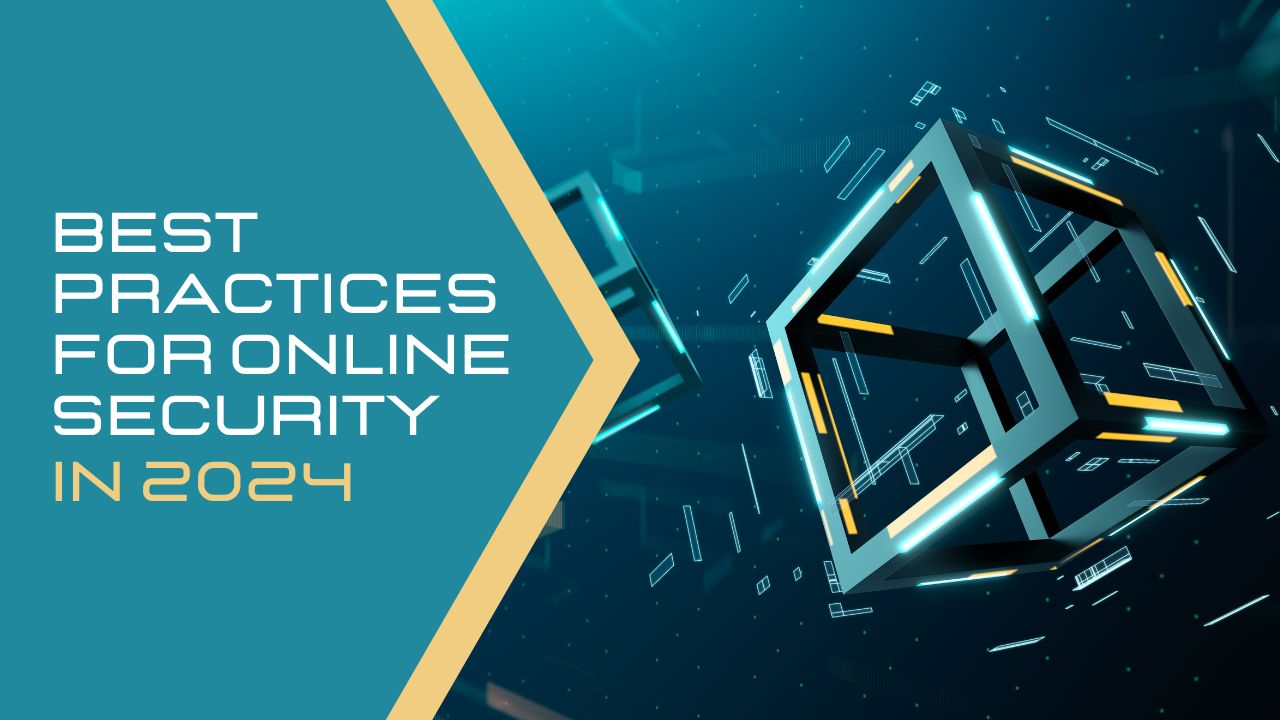In today’s digital age, securing your online presence is not just a choice—it’s a necessity. With cyber threats evolving rapidly, following best practices for online security has never been more crucial. This guide outlines the essential strategies to protect your digital life effectively in 2024.
Understanding the Threats
Imagine your digital life as a bustling city. Just as cities have criminals prowling the streets, your digital space is under constant threat from cybercriminals. In 2024, these threats are more sophisticated than ever. High-profile breaches, such as the recent data leak from a major tech firm, highlight the serious stakes involved.
Cyber threats manifest in various forms, including phishing scams, ransomware, and data breaches. Picture these as cunning thieves targeting your digital assets. Understanding these threats enables you to implement better defenses and stay ahead in the cybersecurity game.
Strong Passwords: Your First Line of Defense
Think of passwords as the locks on your doors. Weak passwords are akin to flimsy locks that are easily bypassed. To enhance your security, create passwords that are complex and unique—incorporate a mix of letters, numbers, and special characters. A robust password acts as your first line of defense against unauthorized access.
Related Post: How to Protect Your Digital Identity in 2024
Password Managers: Your Digital Security Guard
Utilize password managers to securely store and generate passwords. These tools are invaluable, acting like a high-tech security guard for your digital home. They take the hassle out of remembering passwords while ensuring they are strong and unique.
Two-Factor Authentication (2FA): The Extra Lock
Two-factor authentication (2FA) adds an additional layer of security, similar to having a second lock on your door. Even if someone bypasses your password, 2FA requires a second verification step, such as a code sent to your phone. This added measure significantly enhances your security.
Implementing 2FA
Implementing 2FA is straightforward and essential. It’s a simple step that provides an extra layer of protection, making it much harder for hackers to gain unauthorized access.
Data Backup: Your Safety Net
Imagine your data as a precious collection of memories. Losing it can be catastrophic. Regular data backups are crucial for ensuring you don’t lose everything in the event of a disaster. Back up your data regularly and store it securely, such as in encrypted cloud storage.
Choosing Cloud Services
Cloud services offer robust encryption, acting as a high-security vault for your digital assets. Regular backups enable you to recover quickly from any cyber incidents or hardware failures.
Cultivating a Security-Conscious Culture
Building a security-conscious culture within your organization is vital. It’s not only about having the right tools but also about fostering good habits. Train your team to recognize phishing scams, use strong passwords, and handle data with care. A well-informed team acts as an army of security guards.
Policies and Audits
Develop clear policies for data handling and device use. Conduct regular audits to identify vulnerabilities. Integrating security into your company culture ensures everyone is aware of their role in maintaining a secure digital environment.
Embracing Advanced Security Technologies
To stay ahead of cyber threats, leverage the latest security technologies. Artificial intelligence (AI) and machine learning can be game-changers, detecting patterns and anomalies that signal potential threats. These tools serve as a high-tech surveillance system for your digital realm.
Investing in Security Tools
Invest in essential security tools, including firewalls, antivirus software, and intrusion detection systems. Cloud-based solutions offer flexibility and scalability, adapting to your evolving needs while providing solid protection.
Regular Software Updates: Keeping Everything in Check
Outdated software is like leaving a window open for burglars. Cybercriminals exploit vulnerabilities in old software, so it’s crucial to update regularly. Set up automated updates to ensure your systems receive the latest security patches.
Benefits of Regular Updates
Regular updates fortify your software against new threats. By staying current, you can avoid many potential security issues before they escalate.
Securing Your Network: The Foundation of Digital Safety
Your network is the foundation of your digital safety. Secure it with strong passwords and encryption. Avoid using default passwords, as they are easily compromised.
Using VPNs for Enhanced Security
Consider using a virtual private network (VPN) for added security, especially on public Wi-Fi. A VPN encrypts your internet traffic, making it more challenging for anyone to intercept your data. It’s like having a secret tunnel that ensures your data remains private.
Staying Informed: The Key to Staying Ahead
The digital landscape is ever-changing, making it essential to stay informed. Follow cybersecurity news, attend webinars, and engage with experts to keep up with the latest threats and solutions. Staying updated is like having a map that guides you through the evolving terrain of digital security.
Continuous Learning
By continuously learning, you can adapt your strategies and tools to meet emerging challenges. Staying informed is crucial for maintaining a strong security posture.
Conclusion
Protecting your digital life in 2024 involves proactive measures and ongoing vigilance. By understanding modern threats, using strong passwords and 2FA, backing up data, and cultivating a security-conscious culture, you can enhance your defenses.
Invest in advanced technologies and keep your software updated to maintain robust security. Whether managing personal accounts or overseeing a business, these best practices for online security will help you safeguard your digital assets effectively.
Securing your digital world might seem daunting, but with the right strategies and tools, you can navigate it with confidence. Remember, each step towards better security contributes to a safer, more secure online presence.

Leave a Reply